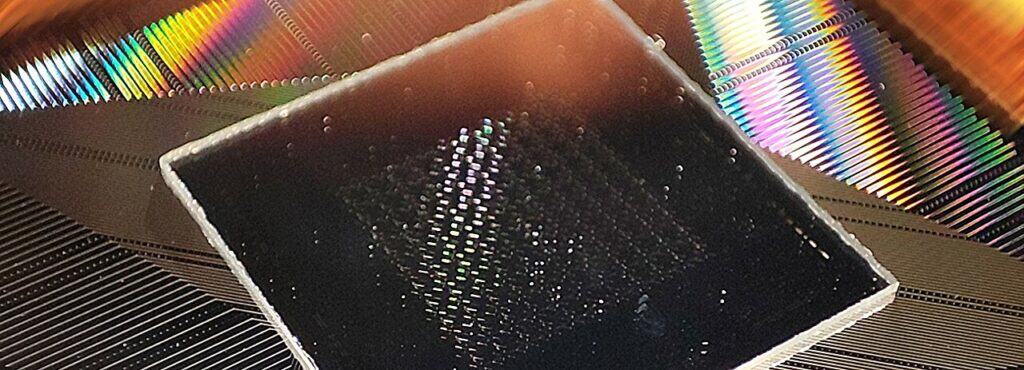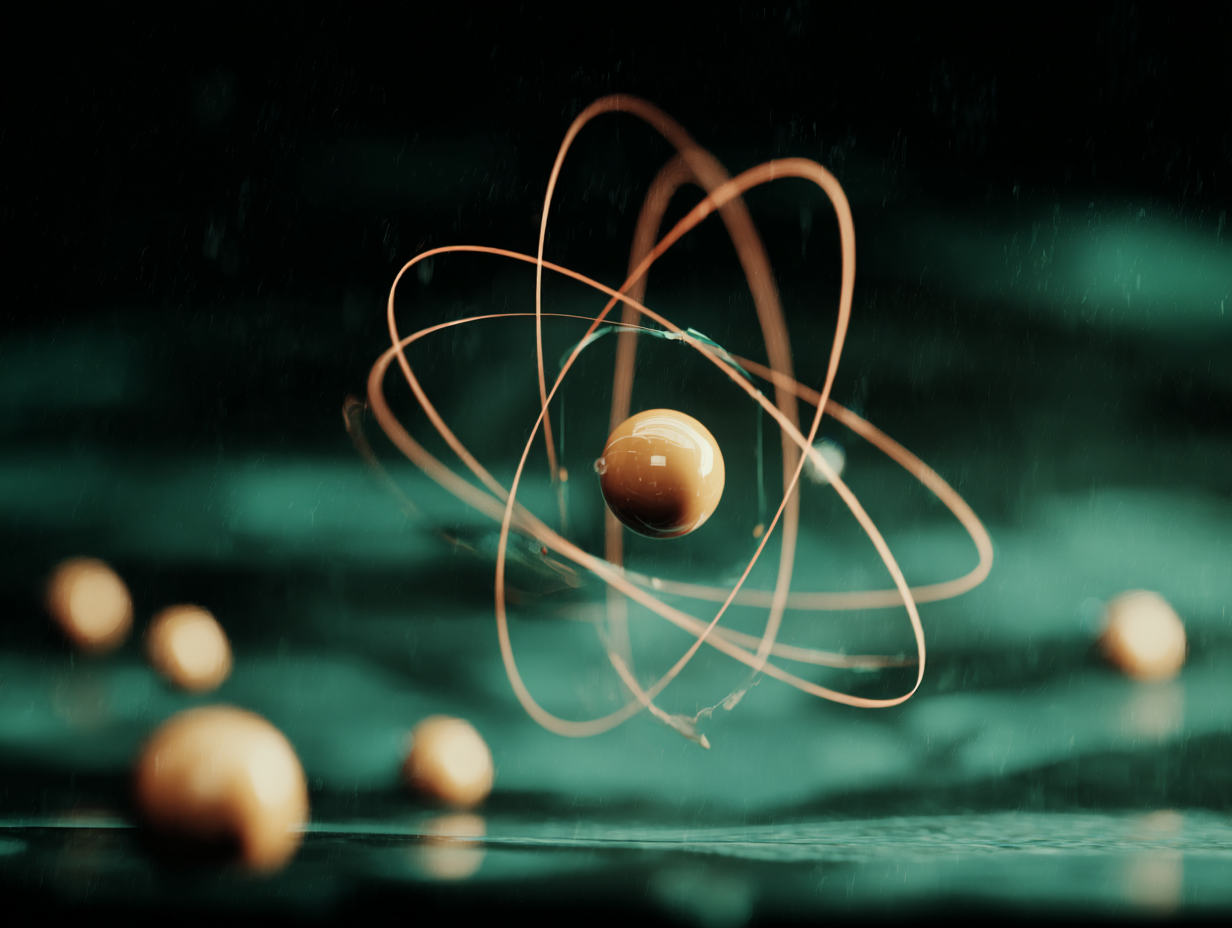 The superconducting chip. Credit: Zhejiang University
The superconducting chip. Credit: Zhejiang University
In a lab in Hangzhou, China, a small chip may have just passed one of the most difficult honesty tests in physics. The test wasn’t about lying in the human sense, but about proving that it really is what it claims to be: a quantum computer.
Physicists dream of scaling up quantum systems while ensuring that they remain truly quantum, in the sense that they follow the strange rules of quantum mechanics rather than merely imitating them. In a new study published in Physical Review X, researchers from Zhejiang University, Tsinghua University, and Leiden University have shown that a superconducting processor with 73 qubits can indeed display the hallmarks of genuine quantum behavior.
Their test is, in essence, a kind of “quantum lie detector.”
“We have introduced a variational-quantum-circuit approach for probing Bell-operator correlations in many-body systems, and experimentally observed genuine multipartite Bell-operator correlations up to 24 qubits,” said co-lead author Chao Song of Zhejiang University in the paper.
The Quantum Lie Detector
The test they used is known as Bell’s test, named after the physicist John Bell, who in 1964 devised a way to distinguish between systems that merely look quantum and those that truly are. Bell’s inequalities have become the gold standard for identifying “nonlocality,” the counterintuitive quantum phenomenon where particles seem to influence each other instantaneously across space.
Bell’s test has been used to confirm quantum mechanics countless times—in photons, atoms, and electrons—but usually with only a handful of particles. Scaling it to dozens or hundreds has been out of reach. Measuring Bell correlations in large, many-body systems is like trying to listen to a whispered conversation in a roaring stadium.
That’s what makes this new experiment extraordinary. The researchers managed to demonstrate Bell correlations among 73 qubits—and, crucially, confirmed a deeper and more demanding form of quantum connection called genuine multipartite Bell correlations among up to 24 qubits. This is the first time such behavior has been verified at this scale.
A Clever Shortcut
Instead of trying to directly measure Bell correlations the team took a detour. They focused on something quantum processors are naturally good at: minimizing energy.
The team used a special kind of algorithm that lets a quantum computer and a classical computer work together. This setup allowed them to create and measure very low-energy states inside their quantum chip. When the energy levels fell below what any classical machine could reach, the researchers knew they had entered truly quantum territory.
The result was striking. In their 73-qubit setup, the measured energies were lower than the classical threshold by 48 standard deviations, making the odds of a false signal vanishingly small. After correcting for readout errors, the discrepancy grew to 57 standard deviations.
In other words, the results were far beyond chance. The quantum chip’s readings were unmistakably non-classical, billions of times too precise to fake.
“The difference was striking—48 standard deviations—making it almost impossible that the result was due to chance,” said Jordi Tura of Leiden University, one of the study’s senior theorists.
Beyond Entanglement
 (Left) Photo of the superconducting quantum chip used in the experiment, (Right) illustration of the wiring pattern of the 73 qubits used in the experiment. Credit: Zhejiang University
(Left) Photo of the superconducting quantum chip used in the experiment, (Right) illustration of the wiring pattern of the 73 qubits used in the experiment. Credit: Zhejiang University
Most people familiar with quantum mechanics have heard of entanglement, where particles share linked fates. But the phenomenon tested here (Bell nonlocality) goes further. Every system that shows Bell nonlocality is entangled, but not every entangled system displays Bell nonlocality. It’s the most unambiguous signature of quantum weirdness.
As the paper explains, “Bell correlation is the strongest quantum correlation, in the sense that whenever it is detected, the other two types—entanglement and Einstein-Podolsky-Rosen steering—are guaranteed.”
To reach this level of verification, the researchers turned their superconducting chip—the pattern of 73 qubits—into a kind of quantum playground. The researchers tuned, controlled, and measured each qubit individually, with gate and measurement fidelities above 99%. That precision allowed them to move from theoretical constructs to real, physical proof of quantum nonlocality.
Why It Matters
Quantum computers promise to revolutionize computation by exploiting superposition and entanglement, but as they grow in size and complexity, verifying that they truly behave quantum mechanically becomes harder. This new method provides a scalable way to test that claim.
It also helps bridge a key gap in quantum device certification. Traditional Bell tests offer the strongest possible proof of quantumness but are nearly impossible to scale. Simpler benchmarks, like entanglement witnesses, are easier but less definitive. This new “middle ground” approach could become the standard for verifying the next generation of quantum machines.
“Our results establish a viable approach for preparing and certifying multipartite Bell correlations as a valuable guide towards exploiting multipartite Bell correlation in a wide spectrum of practical applications,” the authors wrote.
For now, the world’s most advanced quantum devices still struggle with noise and decoherence. But this experiment shows that future quantum machines can prove their authenticity, rather than just claim it.

